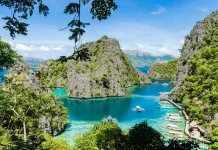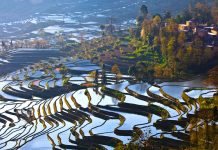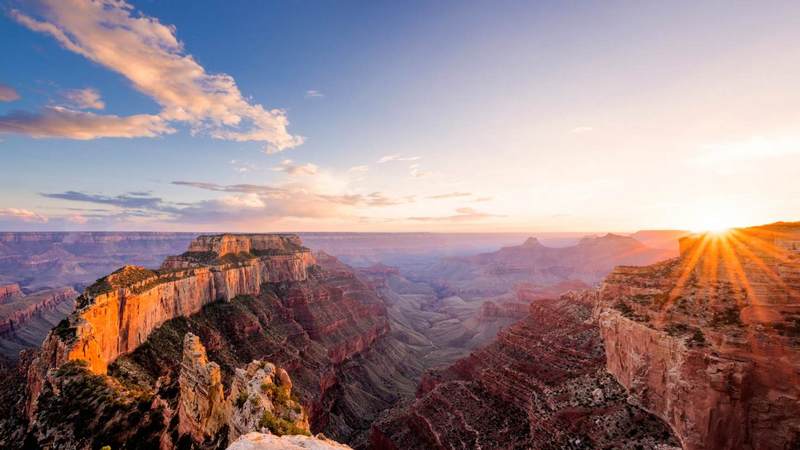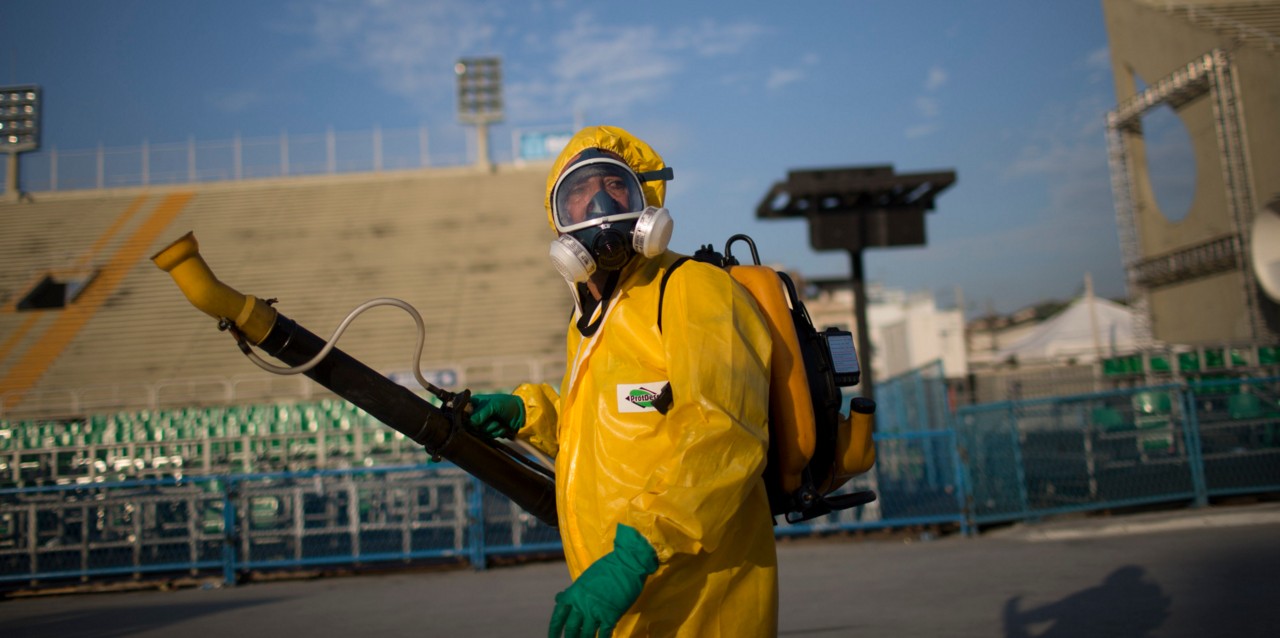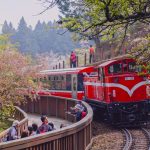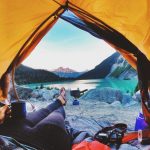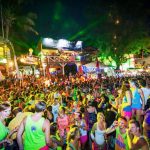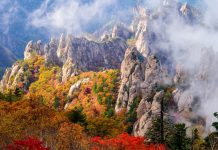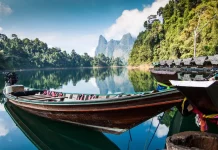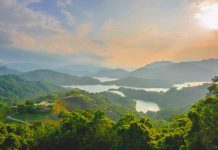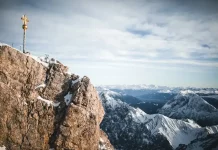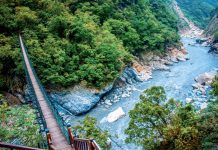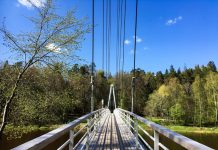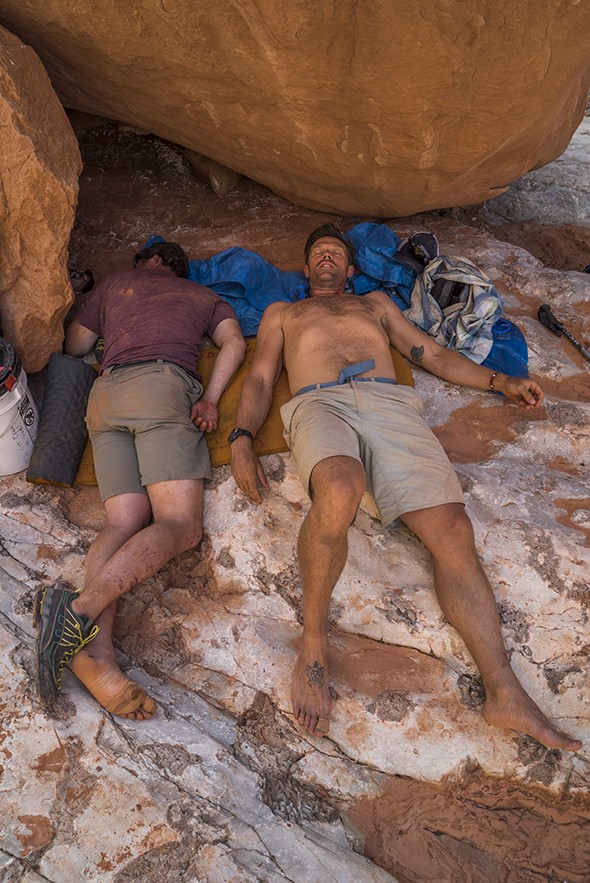
I guess you can call it a Grand beat down. I knew it would be hard, but not spirit-crushing hard. Our plan to walk the Grand Canyon as a sectional thru-hike would be a lengthy, logistical monster of sorts. Our food would be weighed by the ounce. Almonds and prunes would be rationed and counted per day. Caching supplies via hiking, raft trips, and possibly even mules is a jaw-dropping jigsaw puzzle that rested our food (and lives) on the digits of GPS coordinates in a place with dodgy GPS coverage. Oh, and the permits … there are a lot when you are dealing with nine Native American Reservations and one of the most regulated national parks in the world.
- Grand Canyon short trip — How to get the most from a short trip
- Yellowstone travel blog — My trip to Yellowstone, the first national park in the world
- 10 best ways to explore the US National Parks
- Visit Shiding Thousand Island Lake Taiwan — Explore the beautiful scenery of Taipei in one day
- Antelope Canyon travel blog — Upper Antelope vs Lower Antelope & photography tips and best camera settings for Antelope Canyon
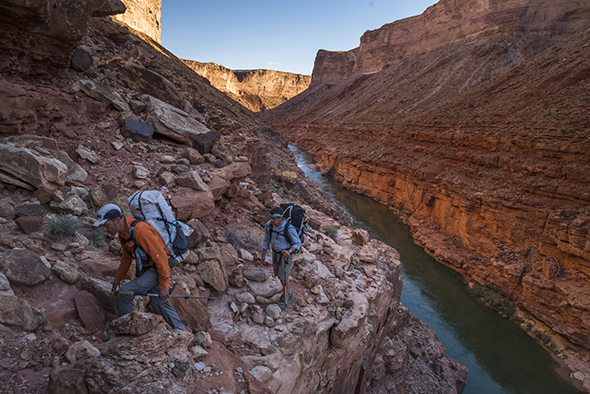
So the hiking part seemed simple—comparatively. I don’t mean to suggest that I took it lightly. On the contrary, I trained for three months climbing 14,000-foot peaks in Colorado with a heavy pack. Writer Kevin Fedarko did similar in the mountains of Flagstaff, Arizona. The two of us have also worked in challenging predicaments on assignment before—dusted by avalanches in Nepal’s Khumbu Icefall on Mount Everest, deported from the oven-like heat of Djibouti in the horn of Africa while covering a story on narcotic trade. We even tromped across bug-infested tundra of the Canadian Arctic without losing our sense of humor.

Kevin Fedarko stands below Navajo Bridge inside Marble Canyon on day one while walking the length of the Grand Canyon—over 277 river miles and estimated 600 walking. Photograph by Pete McBride
Kevin Fedarko stands below Navajo Bridge inside Marble Canyon on day one while walking the length of the Grand Canyon—over 277 river miles and estimated 600 walking. Photograph by Pete McBride
I’ve never claimed to be a fitness fanatic or an outdoor expert, but I have reveled for decades in the challenges of expeditions that often lead toward the “pain cave.”
So walking 600 miles across the desert landscape of the Grand Canyon would be daunting and humbling, but kinda fun and, of course, stunning. I’d hiked chunks alone before, boated the Colorado inside the canyon’s abyss multiple times, and even bushwhacked the same river’s dry, forgotten delta at the end. So this wasn’t my first rodeo. So I thought.
Beyond the adventure, this grand stroll would serve as a powerful backbone to document the hidden wilderness between the rim and the river that is so rarely seen or even known, but also remarkably under pressure by multiple entities looking to cash in on the canyon’s grandeur.
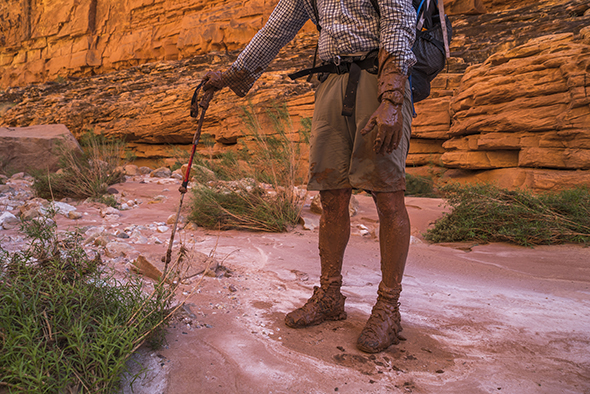
Of those that have hiked the entire canyon, only 12 have completed it nonstop so far, and just 12 have completed the jigsaw hike over time via sections. For comparison, 12 have stood on the surface of the moon, 5,000 atop Everest. Some call it the Everest of thru-hikes when comparing to other long walks like the Appalachian Trail or the Pacific Crest Trail.
But the Grand Canyon has one major difference. Unlike others with “trail” in the name, there is NO trail through the vast majority of the Grand Canyon, excluding a few short sections on the south rim and even less on the north. There are also no towns, limited water, no cell coverage until the West, little sat phone coverage and a daunting 5,000-plus-foot vertical climb out if things go wrong (the potential list is long). I frankly think “the K2 of thru-hikes” is a better description (less traveled, less supported, more technical).
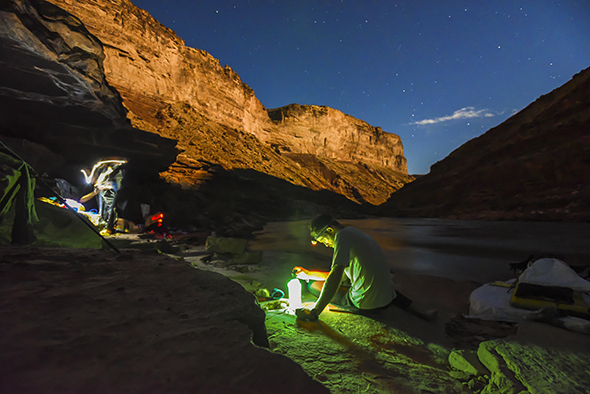
In late September we set off from Lees Ferry and clawed our way West. And just days in, let’s just say, a few things went wrong. To my surprise it happened remarkably quickly, too. Fedarko and I shadowed a team led by canyoneering guru Rich Rudow doing a 56-day thru-hike. We planned to join them for just 15 days, but left even sooner due to unforeseen challenges that a sweltering September heat wave helped instigate (temps soared well above 100 degrees F for a week).
But during what I’d call an intense thrashing (physical and psychological) some valuable lessons emerged… for the next legs:
1. The Canyon respects no one. Period. It doesn’t matter how many “rodeos” you have done.
2. Weight kills. I never counted ounces before, but now I am fanatical. Ounces make pounds and pounds slow you down, creating more time between water access—and water is life. As thru-hiker Andrew Holycross told me, “You quickly learn to carry what you need, not what you want.” One problem, when documenting for Nat Geo. You need (and want) professional cameras, and solar panels, and batteries, etc.. This adds 10 to 12 pounds that other trekkers don’t worry about. That creates the question: Where to shave weight elsewhere—food, clothing, underwear?

3. Salt is key. And a lifesaver. Hyponatremia is a term I didn’t know when I started (rookie), but now I understand it too well. It’s not fun. Due to exertion, heat and sweating too much (I sweat like a pig), you deplete your salt levels too far and often make the situation worse by drinking excessive water thinking you are dehydrated because your body stops urinating to preserve salt. Dr. Tom Myers, a thru-hiker himself and first father/son team to hike the Big Ditch, told me after I limped from the canyon, I was close to flapping around with seizures and ending in a coma. Luckily, when I neared the unconscious phase, before seizures (wobbly and tunnel vision, two days after full body cramps), I was slightly restored thanks to some packs of soy sauce (high sodium). Thanks, Rich Rudow.
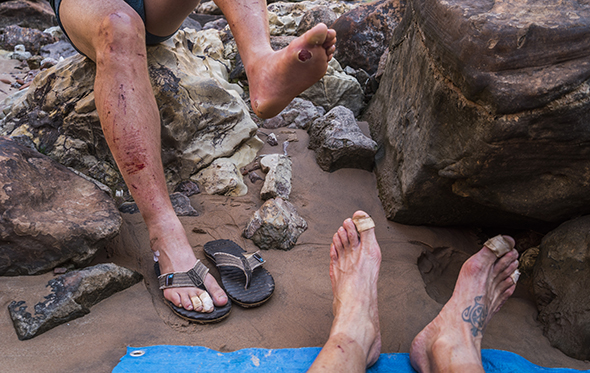
4. Blisters: Take ‘em seriously: I’ve never had problems before with my leather feet, but they can be the bane of your existence if they fester. Mine did, thanks to high temps, endless fine-grain sand filling my shoes and acting like sandpaper for miles of angled trail-less, exposed hiking. Despite bandages, moleskin, cutting away chunks of flesh, even duct tape wraps, nothing beat the sweaty infection recipe. One of my heel blisters infected its way to the bone, but I ignored it as I was too focused on not falling. Kevin endured worse. Not fun.
5. Cactus: Avoid. Hiking gaiters help (we purchased some for this next leg). But if you can’t avoid them—impossible, really, during miles of trail-less desert terrain—then extract needles with aggression. I had a few cactus kisses and didn’t remove needles with enough vigor. Two weeks later, they worked into my ankle joint and required surgical removal. Also, not much fun.

6. Enjoying the “Grand” relates directly with how prepared you are (without adding weight–see #2). If you prepare properly, the canyon and its magical, secret world of ancient rock and wonderous wildlife, may speak to you (amidst occasional pain caves). If you are ill prepared, then expect the canyon scream. My ears (and ego) still hurt from 60 miles of canyon screaming on our first leg.
Just 540 miles to go… prepare, prepare, prepare. Back to the scale to weigh ounces.

